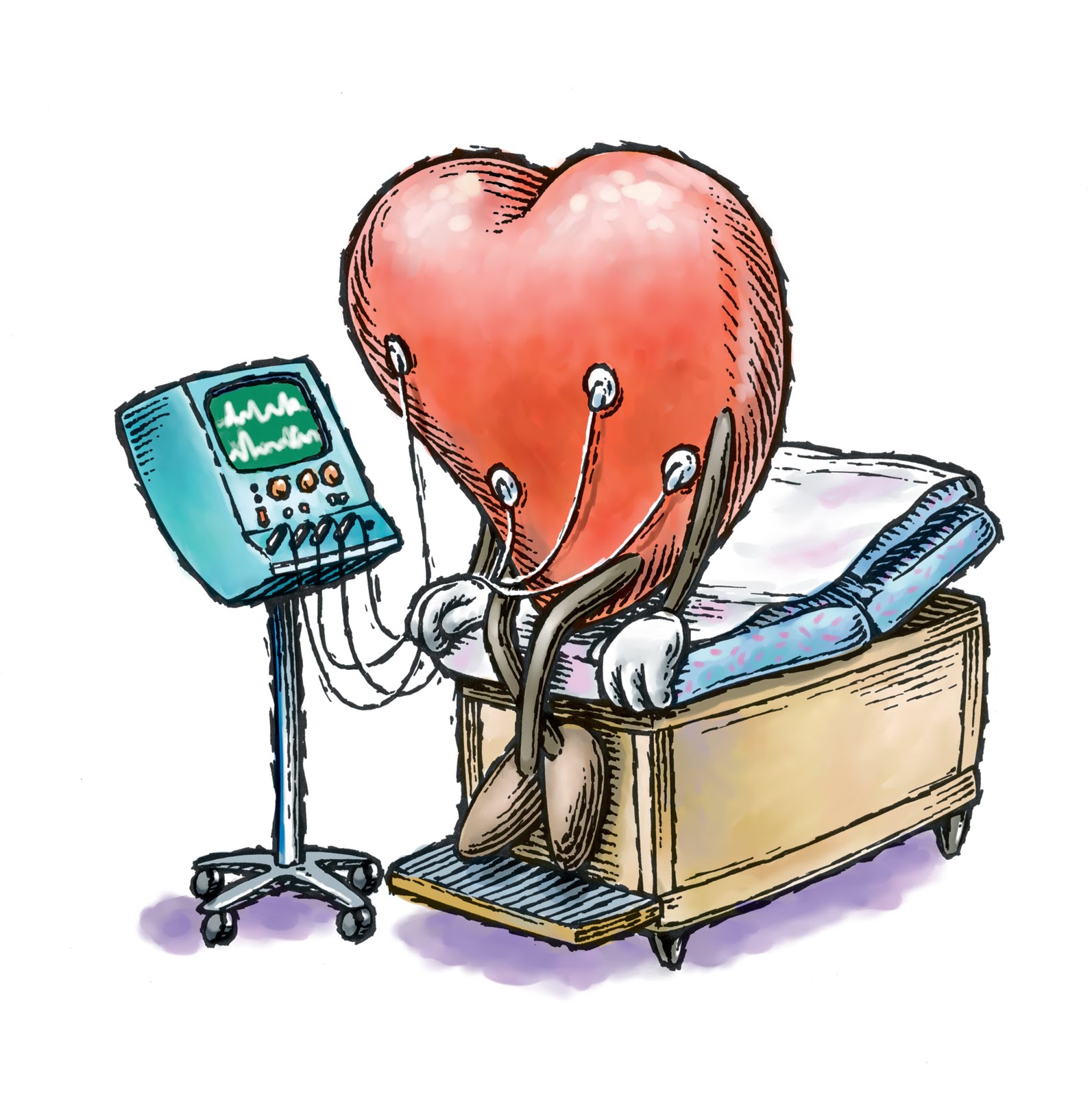In an earlier blog we took a deep dive in the history of the ECG and despite great innovations ECG interpretation remains a challenge. In our earlier blog (link) we paused the story of its development at the moment in 1987 when prof. Einthoven participated in August Waller’s ECG experiment in London.
Let’s continue our journey into the ECG past as presented by Mike Cadogan
It took another decade before the term ElektroKardiogramm was introduced in an article of Einthoven and de Lint. This article was originally published in German and the origin of the EKG is clearly this article despite the more often used ECG in English. And the term electrocardiogram had already been introduced by Waller but apparently the abbreviation ECG was not in use until much later.
From the session with Waller professor Einthoven moved forward with developing a string galvanometer which was capable of registering the ECG and in 1902 he published his first ECG output in a Dutch scientific article.
And shortly after Einthoven introduced the very fist version of telecardio. In 1905 he demonstrated you could use a telephone wire to transmit ECG recordings from a hospital to his laboratory in Leiden. And Einthoven started to analyse the data in the ECG and thus identifying cases of electrical heart issues in the Atria and Ventricular heartchambers.
And where he had already introduced the PQRST segmentation of the ECG graph, Einthoven also added the Uwave to the graph presentation.
In 1912 the standardization of ECG leads started to emerge with again Einthoven introducing his triangle with leads (electrodes) I, II and III.
And this ECG electrodes introduction opened the door for another series of experiments on finding better or alternative ECG leads configurations. Over the years additional leads were introduced, especially the so-called pre-cordial leads which register potential differences close to the heart. But alternative electrode configurations have been suggested to improve detection of atrial activity or specific diseases such as ARVC or Brugada Syndrom.
But notwithstanding all these suggested alternatives the 12-lead ECG technology (with 10 electrodes of which 6 are pre-cordial leads) was formalized in 1952 and this is the current standard.
And another parallel development was the more detailed analysis of the ECG graphs and the growing list of specific diseases which could be identified from the patterns. Examples are QT and QTc measurement, AV blocks, Wolff-Parkison-White syndrome, Bundle branch blocks, Katz-Wachtel phenomenon, ventricular fibrillation, long QT syndrome, ‘torsades de pointes’.
Despite the innovations ECG interpretation remains a challenge
Therefore, from a historic perspective the ECG technology went through a lot of innovation in the first decades after its introduction but it’s base technology has not really changed over the past 70 years. And progress in disease detection has also slowed down and is still based on ECG graph pattern recognition and interval time analysis, which is basically heart rate and heart rhythm analysis.
We look forward to the next major breakthrough in the ECG technology and to be honest, we are not waiting for a miracle the happen. As our parents taught us: if you want change, you better do something about it.






